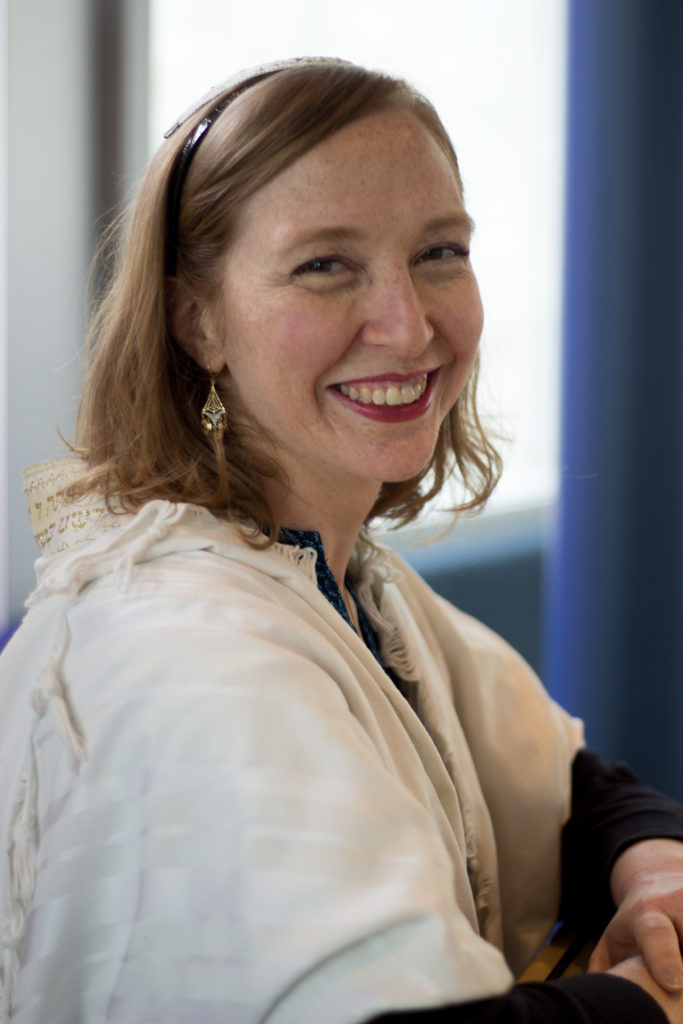It feels like we are entering dark days. Hostage negotiations have stalled, and Iran is vowing retaliation for two high-profile assassinations of Iran-backed Hezbollah and Hamas terror leaders, the former of which Israel has claimed responsibility for. It feels like we are waiting for what is to come, in fear and dread.
Each year in our Jewish calendar during these days, we also wait during this time – for Tisha B’Av, mourning the destructions of the first and second Temples in Jerusalem, as well as many other tragedies that have befallen our people. We mark the days as they get closer and closer: The three weeks prior to the holiday correspond to the final siege of Jerusalem preceding the Second Temple’s destruction in 70 C.E., and traditionally we have minor mourning practices such as not holding public celebrations, listening to live music, or cutting our hair. The nine days before Tisha B’Av deepen the mourning, and traditionally Jews don’t eat meat. This is all leading up to Tisha B’Av itself, which includes full mourning practice and a 24-hour fast.
The Shabbat before Tisha B’Av – this coming Shabbat – is called Shabbat Chazon, (Shabbat of vision or prophecy), referring to the dire vision of Isaiah in this Shabbat’s haftarah. It is the last of three Shabbatot of warning – Jews! Correct your ways or destruction is coming!
Rabbi Levi Yitzchak of Berditchev teaches that another vision happens on this Shabbat. Every Jew, he says, is shown a vision of the Third Temple. He likens this to a father who gave his child one and then another suit, each one ruined by the child by not caring for it. The father gets a third suit, but instead of giving it to the child, he waits to see that the child has changed his ways. Every once in a while, the father shows the suit to the child for inspiration, waiting for the day when he can give the suit to his child.
So, it turns out, this time period is not all fear and dread. Before we enter the darkness, we already have a vision of the light. Destruction and redemption. In fact, Tisha B’Av is both the commemoration of the two Temples’ destruction and also when the Messiah is prophesied to be born. I’ve personally gathered in Jerusalem at the Western Wall on Tisha B’Av evening to wait, singing kinot, the traditional mourning poems of the holiday. Despite the variation in theology among those present, it feels like everyone is wondering, will this be the year everything changes? Is this the year that the Messiah comes? The Western Wall plaza is packed, looking up at the last of the ruins of the Second Temple; the energy is palpable. It’s wildly terrible and wildly hopeful at the same time.
How can it be that death and birth are at the same time, that redemption is born of destruction? It is our phoenix, born from the ashes. It is the wisdom of a people that experiences cycles of despair and jubilation. You have to go down into it before you can come out of it. In fact, Tisha B’Av doesn’t “work” as a holiday without Shabbat Nachamu – without the seven Shabbatot of consolation that follows.
We have so much to mourn and be afraid of as Jews. But if we only did that, we wouldn’t be able to carry on.

Rabbi Julia Appel is Clal’s Senior Director of Innovation, helping Jewish professionals and lay leaders revitalize their communities by serving their people better. She is passionate about creating Jewish community that meets the challenges of the 21st century – in which Jewish identity is a choice, not an obligation. Her writing has been featured in such publications as The Forward, The Globe and Mail, and The Canadian Jewish News, among others.

